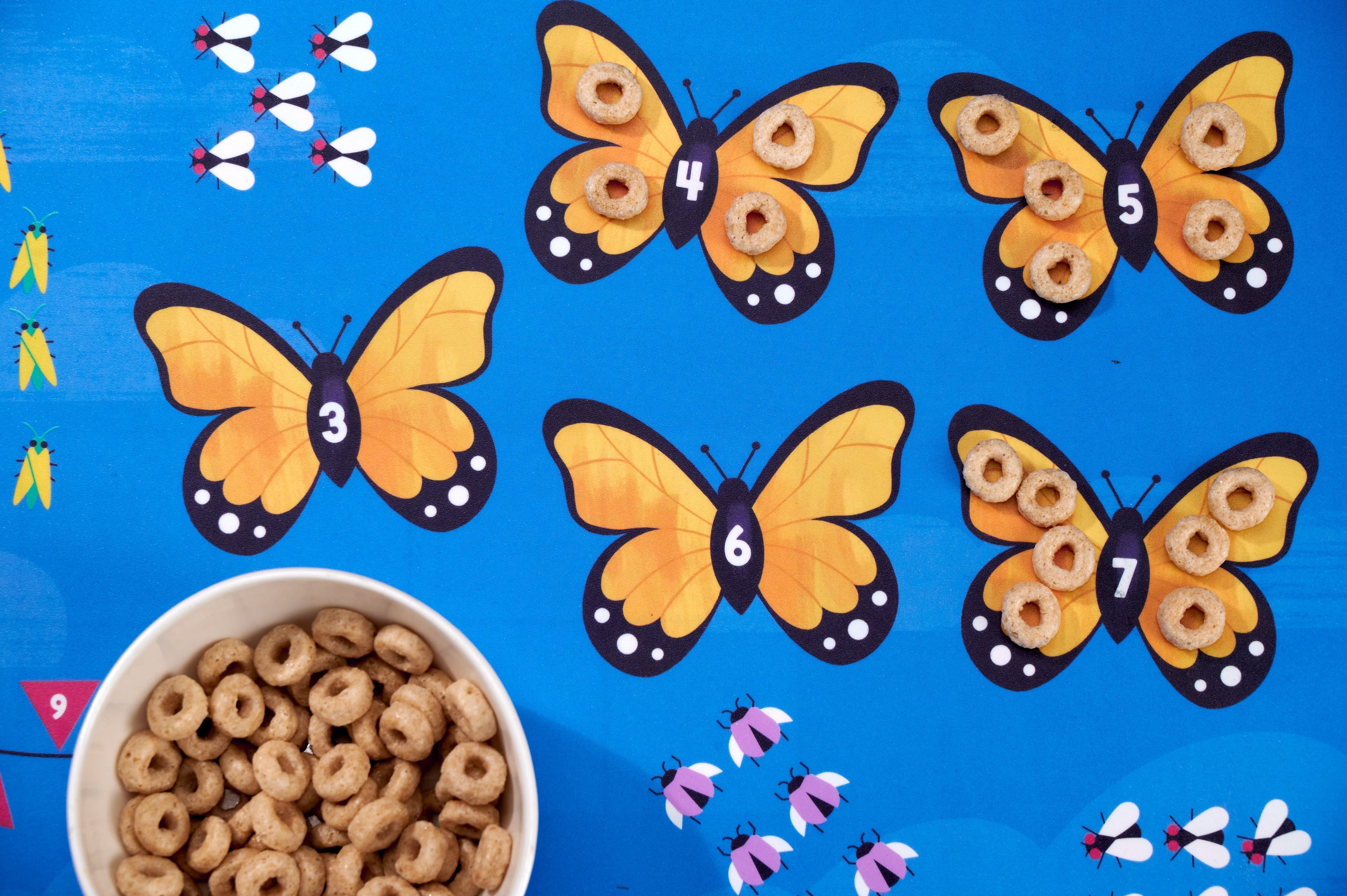The Big Picture: Why Number Sense Matters So Much

Written by Cali @chasing50toes
Before I ever launched Domino & Juliette, I spent 10 years in finance and was a math/statistics major in college. Math has always been my favorite subject. It’s logical, beautiful, and powerful. As a homeschooling mom of five, it’s also the one subject I get most excited to teach—but it’s also the one that intimidates a lot of parents the most.
Let me reassure you: the goal isn’t to raise a calculator. It’s to raise a thinker.
The most essential foundation for all future math success is strong number sense. If your child can estimate, compare quantities, notice patterns, understand what numbers really represent, and flexibly apply them in real life—they’re set up for confidence in everything from fractions to algebra.
In fact, researchers have consistently shown that early number sense is one of the strongest predictors of later math achievement. According to the National Research Council, "mathematics understanding in early childhood is critical for long-term success." And a 2007 study by Duncan et al. found that early math skills were more predictive of later academic achievement than early reading or attention skills.
And yet, number sense isn’t built through flashcards or apps. It comes from hands-on experiences, real-world math talk, and playful exploration—the kind you can do every day.
Our Math Minds Discovery Kit is one of our favorite ways to support this type of learning. It includes our signature math placemats, counting chips, and dominos—all designed to build number sense through purposeful play. Whether you’re exploring patterns, quantities, or place value, this kit brings math to life.
Real-Life Math Moments You Can’t Outsource to a Calculator
You know what doesn’t help your child develop real number sense? Memorizing facts for a test and forgetting them the next week. What does? Counting objects, comparing sets, estimating quantities, and having conversations that help math feel meaningful.
Here are just a few everyday moments where number sense matters—and where a calculator won’t do the thinking for you:
-
Estimating the sale price of something marked 30% off
-
Comparing unit prices at the grocery store to figure out the better deal
-
Calculating a tip at a restaurant without pulling out your phone
-
Double-checking that your receipt or bill is accurate
-
Figuring out how many snacks are needed for a team of kids (and how many you still need to buy)
-
Understanding how long something will take based on time intervals
-
Knowing when "more than halfway" really is more than halfway
These are the moments where number sense shines. And we can give our kids that skillset through simple, consistent play.

Where to Start: Foundations That Matter
If you’re looking to build number sense in your home, you don’t need fancy curriculum. You need the basics, layered over time, with room for curiosity.
A great starting point is helping your child understand how to count. And I don’t mean just reciting "1, 2, 3..." I mean knowing how many objects are in a set, pointing to each one (one-to-one correspondence), and understanding that the final number tells the total (cardinality). For more on this, check out our blog "Learning to Count".
Once that foundation is laid, number sense deepens with pattern recognition. Kids who can spot patterns are learning to anticipate, generalize, and eventually reason algebraically. We talk all about that in "The Magic of Patterns", where we show you how to use the edge trim of our D&J Math Placemats to support this skill.
Another major piece of early number sense is subitizing—or seeing "how many" at a glance without counting. It’s a skill our brains are wired to develop, and it plays a key role in math fluency later on. Want to learn how to support subitizing at home? Don’t miss "From Fingers to Fluency".
When you layer these skills together—counting, patterns, subitizing, comparing, estimating—you’re building the mental framework that makes more complex math not just possible, but intuitive.
More Ways to Build Math Confidence at Home
If you're ready to go deeper with hands-on math, we’ve written even more blog posts to support your family’s journey:
-
"Everyday Addition and Subtraction Through Play" explores real-life strategies and games to build operational thinking without worksheets.
-
"Making Sense of Ten Frames" shows how to use visual models to develop number relationships and part-part-whole understanding.
-
"Understanding Place Value with Hands-On Tools" introduces grouping by tens and lays the foundation for more advanced math.
-
"Mental Math Made Fun" highlights simple activities using counting chips and dominos to boost number fluency.
We believe early math should feel joyful, open-ended, and part of everyday life. And it can be.
Got a great number sense moment to share? Tag us @dominoandjuliette so we can see how you’re bringing brighter play to math at home!

